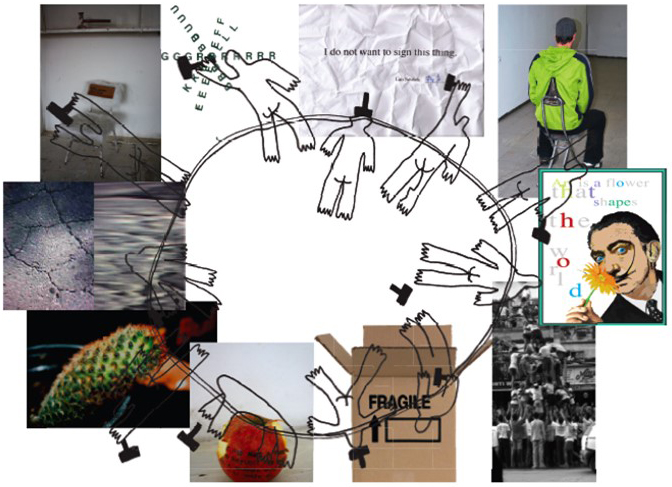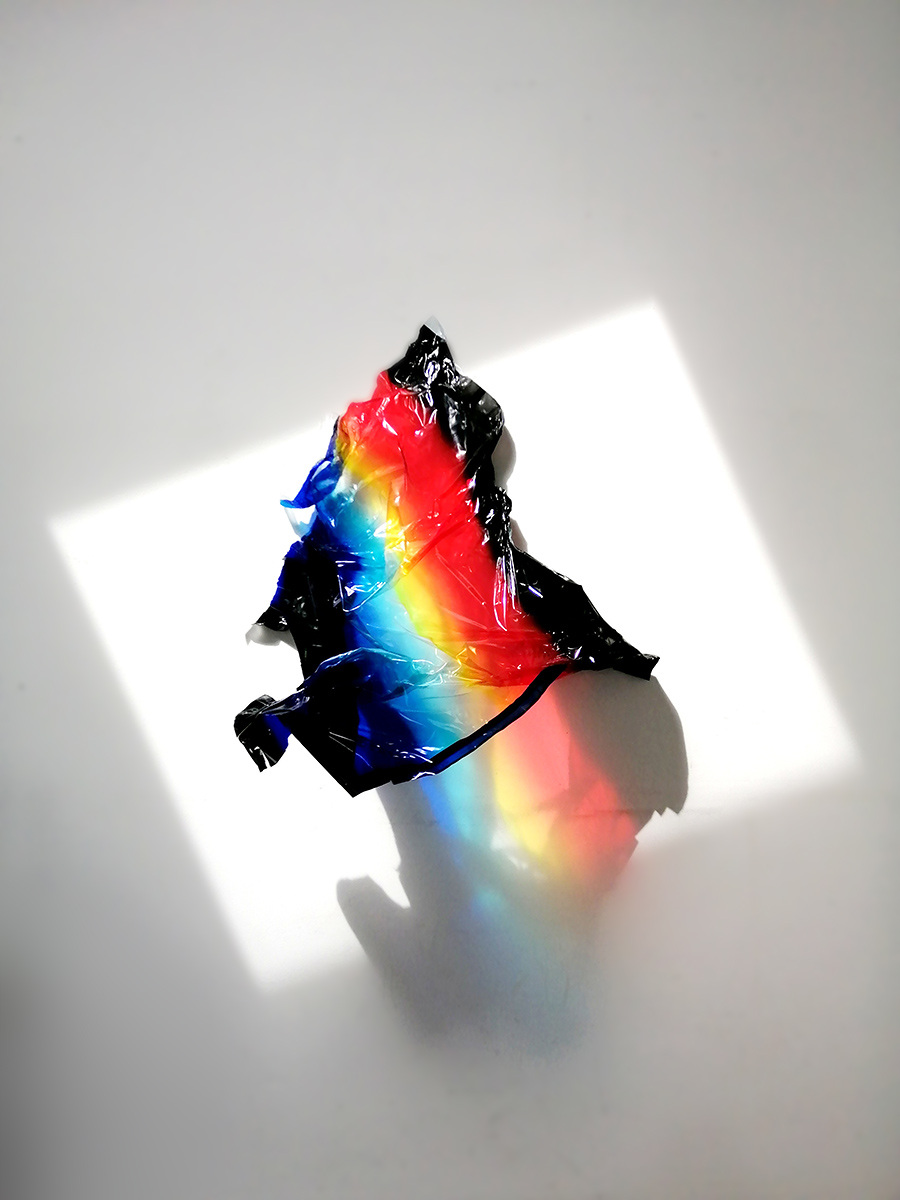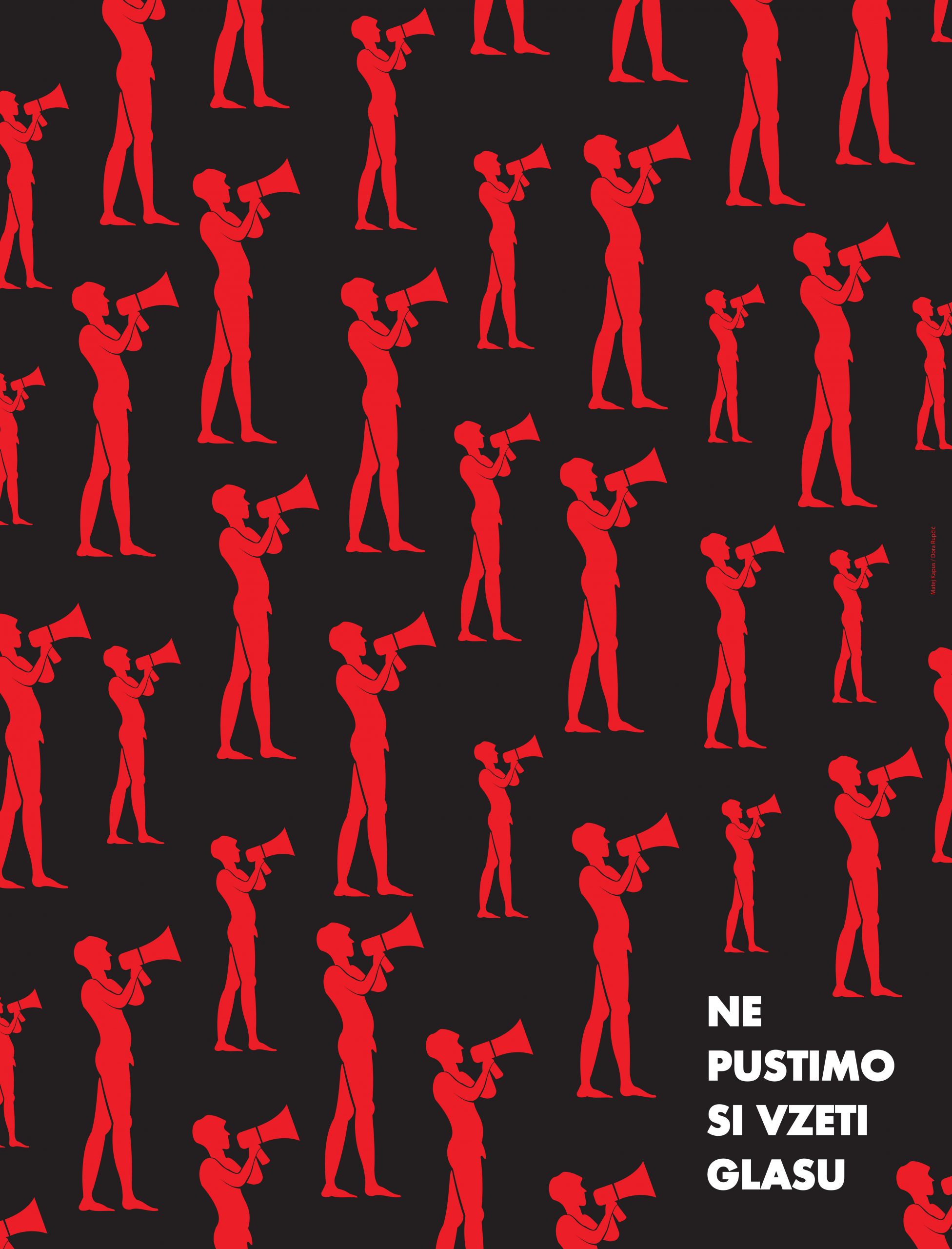
Katja Bogataj, Polona Černe, Neža Jurman, Ana Kerin, Miha Makovec, Niklas Pedersen, Barbara Pintar, Helene Schoissengeyr, Lan Seušek, Signe Winkler and Alen Ožbolt – Transform (situation / exchange / creation), teamwork, 2009, prof. Alen Ožbolt

Luka Prijatelj, Zgodba svetlobe skozi optiko sodobnosti, 2021, doc. Peter Rauch, izr. prof. Peter Koštrun

Matej Kapus in Dora Rupčić, Mladinin Proglas Kulturni boj, 2021, prof. Boštjan Kenda, izr. prof. Lozar Mrevlje, doc. Emil Kozole, Botteri
The University of Ljubljana’s Academy of Fine Arts and Design is an artistic, educational, and research institution. It is Slovenia’s primary institution of its kind.
Our Academy is not an ordinary school, it is different… specific. Art, design, and restoration studies are distinct in their method of studying and exploring through practice, “learning by doing,” and studying/thinking through creative activity. Our Academy’s fundamental aim is to encourage students to work, learn, think, produce freely, critically, and creatively.
The Academy is a place where creative spirits can flourish. Knowledge, creation, and work are our strengths, as is individual emancipation and community participation. When “knowledge is continually expanding knowledge,” “creation is constantly transcending creation,” so they must always be complementary. The curricula offered by the Academy are both specific and fundamentally interdisciplinary and interactive.
We believe our Academy provides a fascinating and creative environment for freethinking and creative young people, as well as for sensitive personalities who are not bound by stereotypes or conventions. We feel it is a place where individuals may think creatively and autonomously in new ways, outside of the box.
Why autonomously? Because each researcher, artist, and designer is searching for a path that is uniquely theirs. As we stereotypically say, and yet it is true, avant-garde artists and designers are always ahead of their time, discovering and conceiving new—visual, artistic, design—expressions, content, and ideas, thus building new worlds.
Today, we think, understand, and view that already stated above more broadly: we need to look for shared pathways as well as our own. “Participatory education” and “community-based research,” as well as “community-based education” and “collaborative community knowledge production” are all new concepts in education and learning.
Asymmetrical and multidimensional relationships, circular processes, dialogue, varied roles and collaborations, transitions—a movement and a learning process in which we all participate—have replaced the professor’s one-way transmission of knowledge and skills.
At our Academy, we thoroughly examine the relationships developed between professor and student during the study process. “The teacher is no longer the one who mediates, and the student is no longer solely the one who learns,” as the curriculum takes place “where the two meet, or rather, where we meet.”
Despite the importance of memory and knowledge of the past, the Academy is neither a museum nor a repository of old ideas, and thus, we are continuously looking out for new ways to learn. Our Academy is a school, but it is also a community that uses artistic inquiry and creativity to develop new knowledge and understanding as well as to critically examine societal processes. Throughout a very dynamic process, the newly co-created knowledge “swirls” among students—and in society.
Alen Ožbolt, Dean
